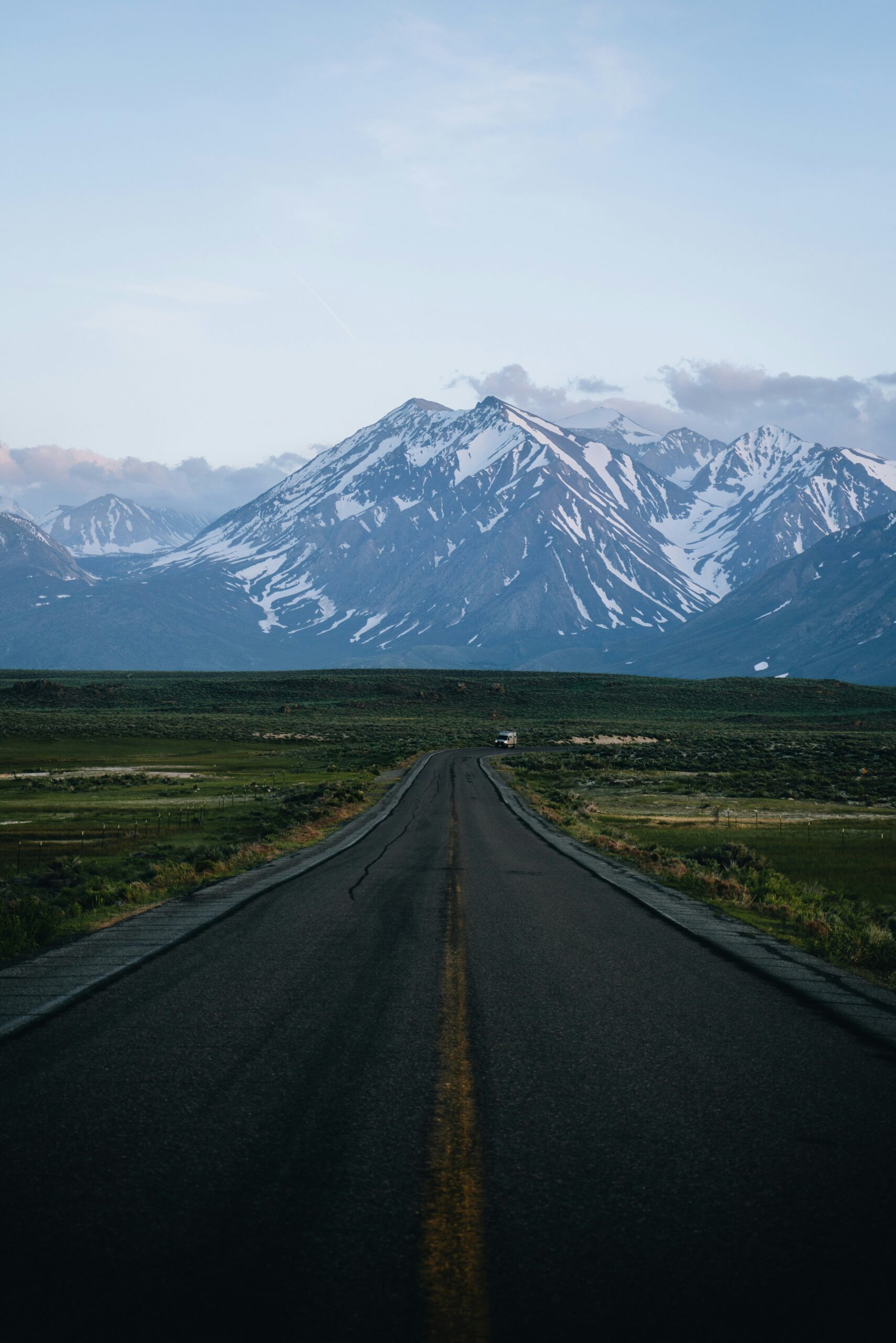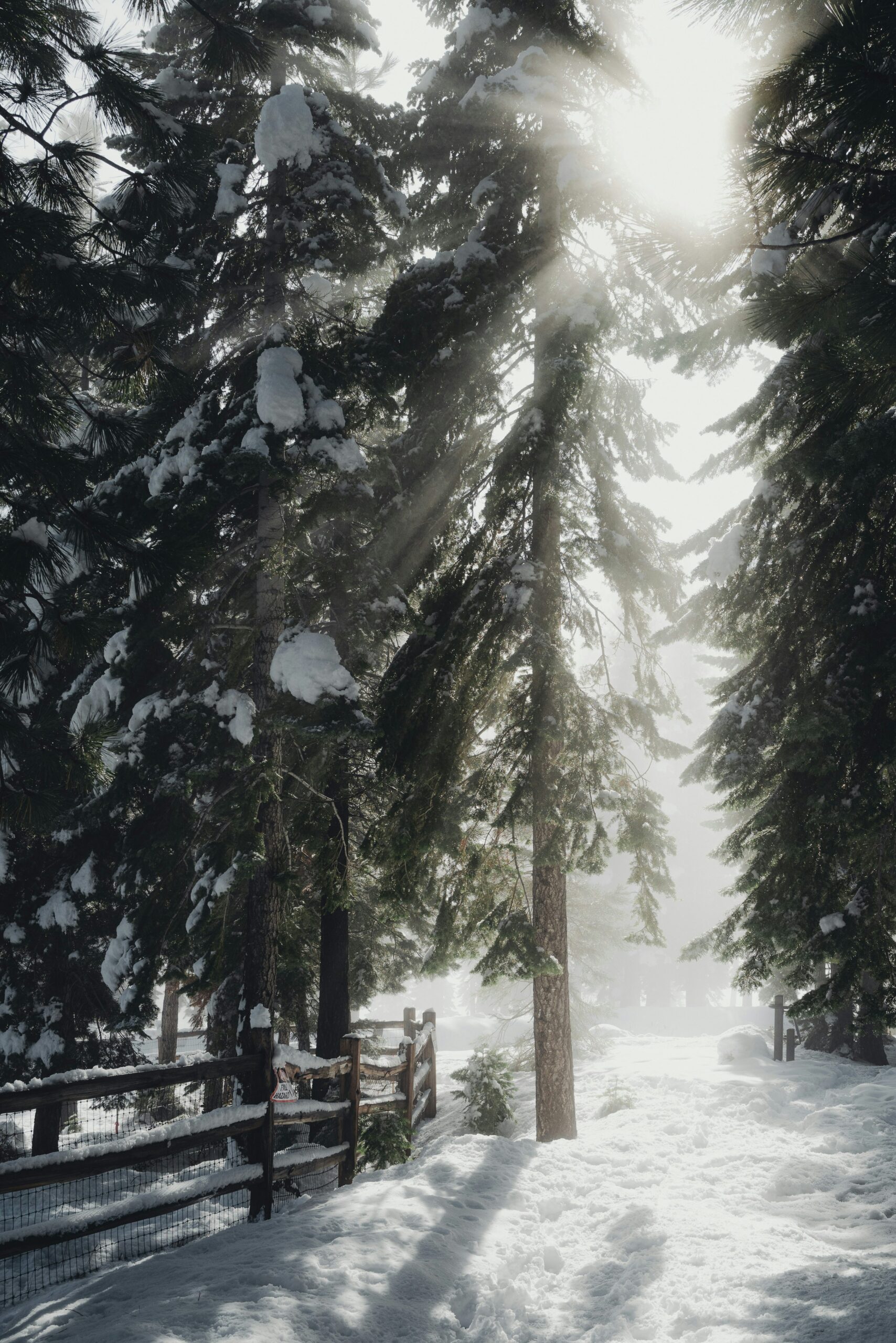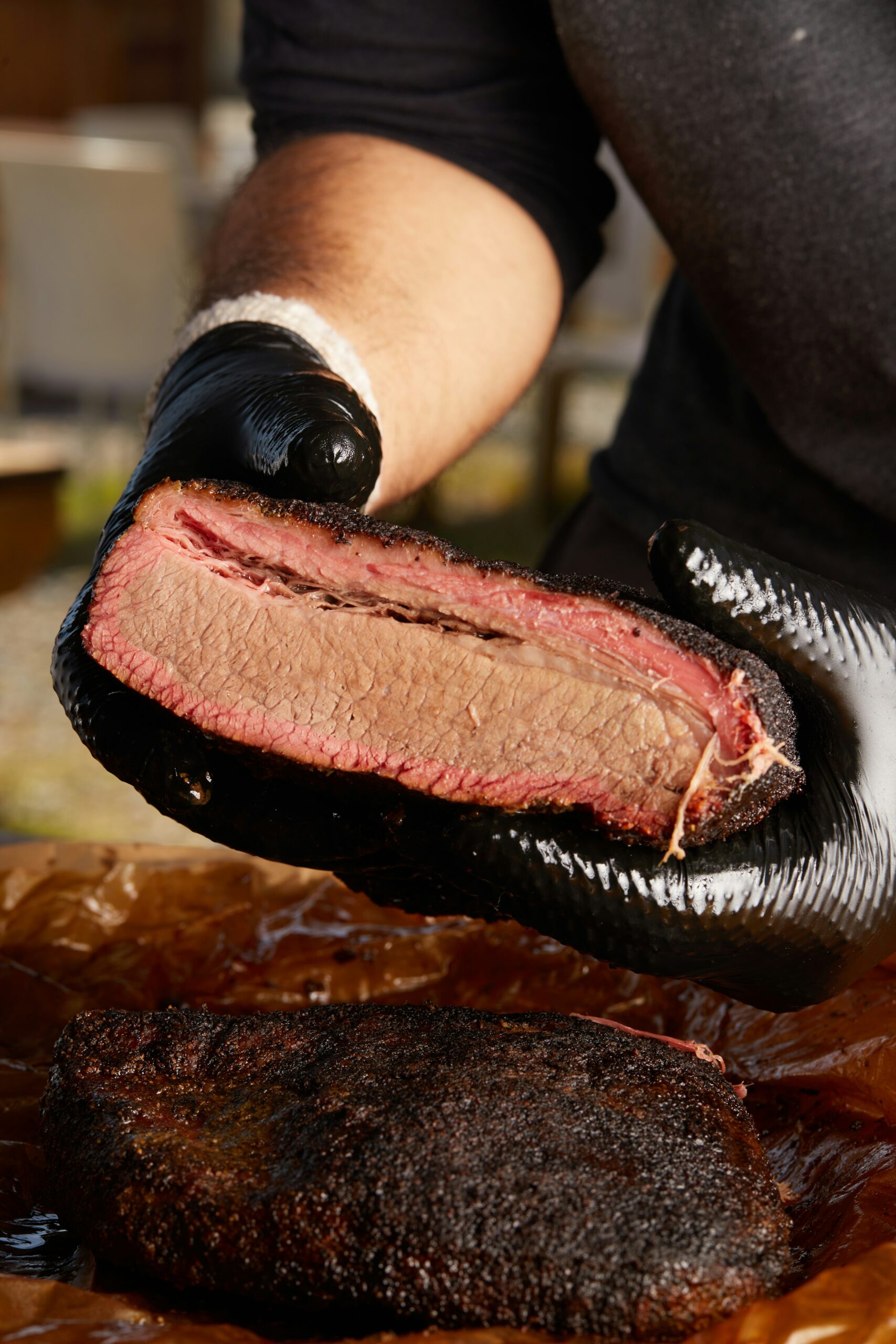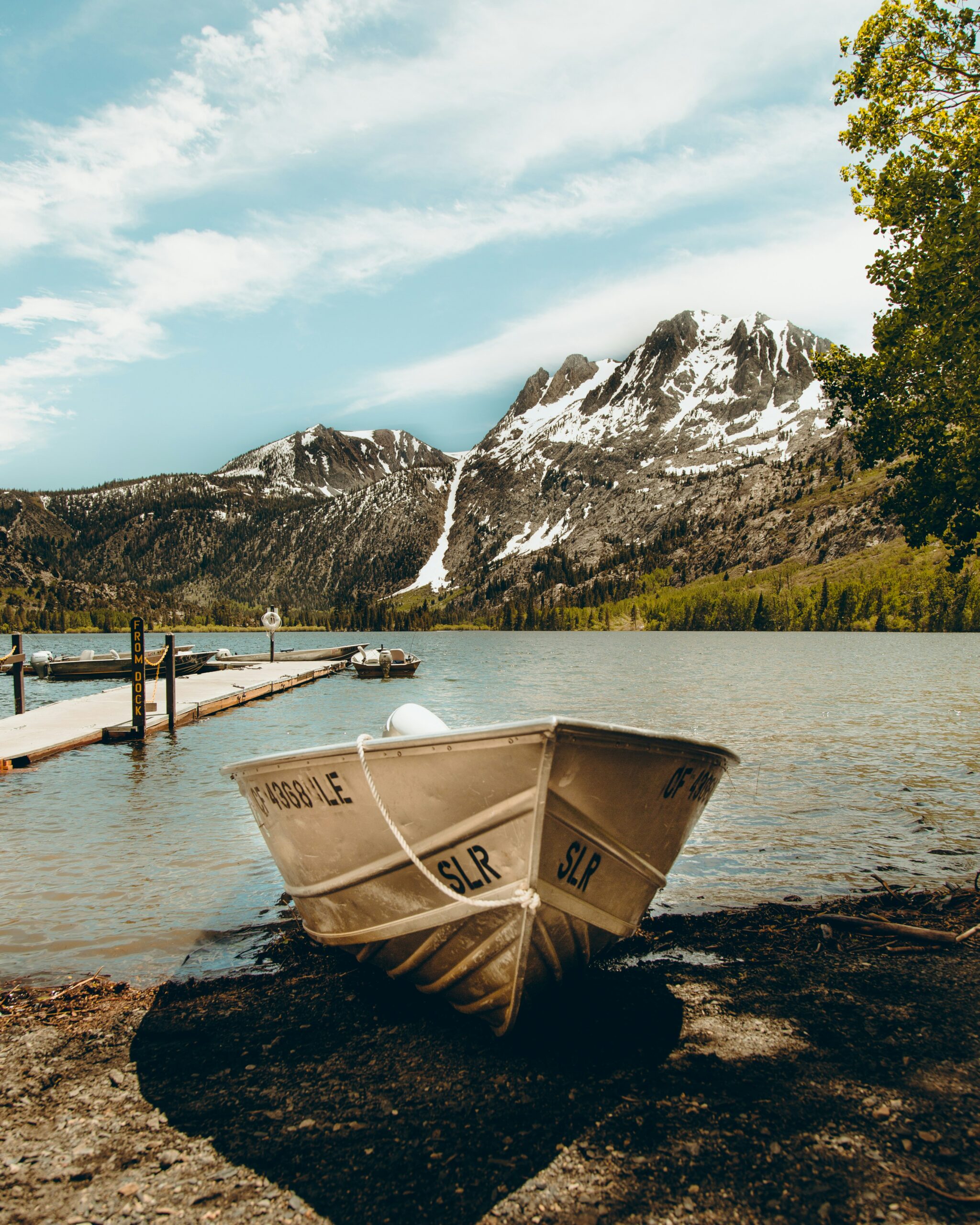Explore the Beauty of Inyo National Forest’s White Mountains, California
If you're looking for a beautiful natural getaway, look no further than the White Mountains in California's Inyo National Forest. This stunning mountain range is home to the oldest living trees in the world, the Ancient Bristlecone Pines, and offers a wide range of outdoor activities for visitors of all ages.
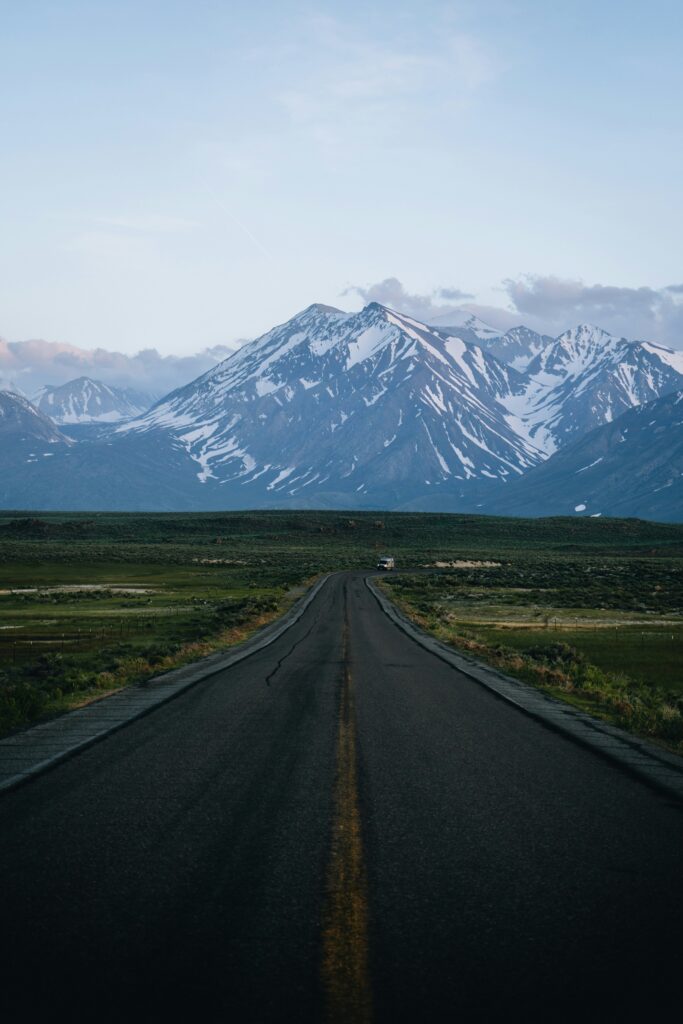
Located on the border of California and Nevada, the White Mountains are a must-see destination for anyone who loves hiking, camping, fishing, or simply taking in the breathtaking scenery. With elevations ranging from 3,900 feet in Big Pine to 14,246 feet at the summit of White Mountain Peak, there's something for everyone to explore and enjoy. Whether you're an experienced mountaineer or just looking for a leisurely day hike, the White Mountains have plenty to offer.
Explore the Beauty of Inyo National Forest's White Mountains, California
Geography and Topography
The White Mountains of California and Nevada are situated in the Great Basin region, facing the Sierra Nevada across the upper Owens Valley. The range is anchored at the north end by the highest peak in the State of Nevada, Boundary Peak. The White Mountains of California and Nevada are one of the largest and highest desert mountain ranges in North America.
Major Peaks and Elevation
The range includes several peaks with elevations over 14,000 feet, including White Mountain Peak, the third highest peak in California. White Mountain Peak stands at an elevation of 14,252 feet and is the highest point in the White Mountains.
Range and Borders
The White Mountains of California and Nevada are a triangular fault-block mountain range, bordered by the California/Nevada border to the east, the Inyo Mountains to the west, Fish Lake Valley to the north, and Westgard Pass to the south.
Unique Geological Features
The White Mountains are home to the oldest living trees in the world, the Ancient Bristlecone Pines, which can be found in the Ancient Bristlecone Pine Forest. The range also features unique geological features, such as the Methuselah Grove, which contains the world's oldest known living tree, Methuselah, estimated to be over 4,800 years old.
The White Mountains of California and Nevada offer stunning vistas and unique geological features that make them an ideal destination for outdoor enthusiasts. Whether you're hiking through the Ancient Bristlecone Pine Forest or climbing to the summit of White Mountain Peak, the White Mountains are a must-see destination for anyone exploring the region.
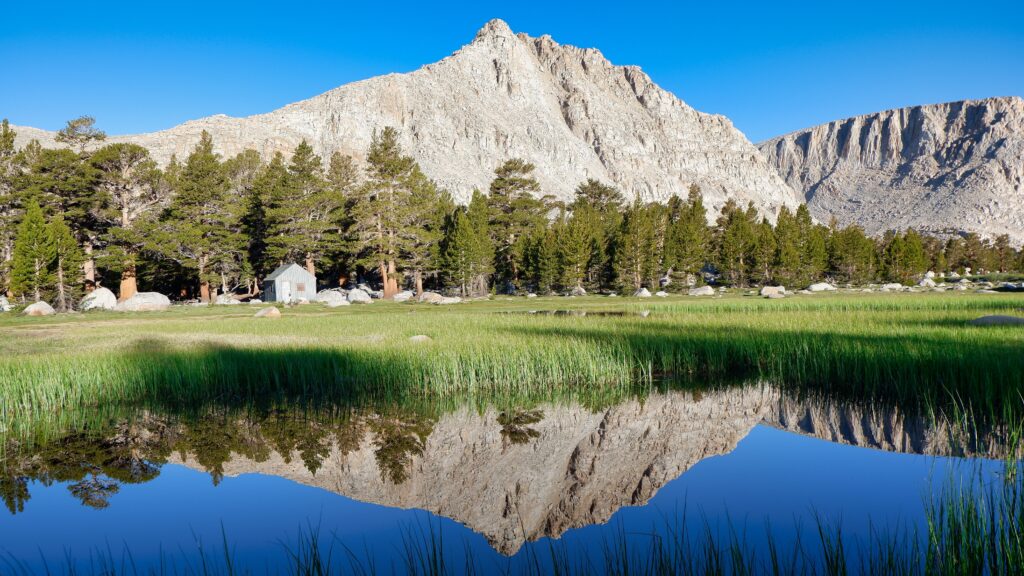
Ecology and Biodiversity
Flora
The White Mountains in California are home to a diverse range of plant species. The most famous of which is the Bristlecone Pine, with some trees living for over 5,000 years, making them the oldest living organisms on Earth. The Ancient Bristlecone Pine Forest is a must-visit location for anyone interested in plant life. In addition to Bristlecone Pines, the forest is home to Limber Pine, Lodgepole Pine, and Jeffrey Pine, among other species.
The White Mountains are also home to a variety of plant species that are adapted to the harsh desert climate. Many of these species are unique to the area and can be found nowhere else in the world. The flora of the White Mountains is a testament to the resilience and adaptability of plant life.
Fauna
The White Mountains are home to a variety of wildlife, including Bighorn Sheep and Mule Deer. These animals are well adapted to the harsh desert environment and can be seen throughout the area. The Bighorn Sheep, in particular, is a fascinating animal that has adapted to the rugged terrain of the White Mountains.
The ecology of the White Mountains is complex and diverse, with many species of plants and animals coexisting in a delicate balance. It is important to respect the natural environment and to do what you can to preserve it for future generations.
Recreational Activities
The White Mountains in Inyo National Forest offer a wide range of recreational activities for visitors to enjoy. Whether you're looking for a challenging hike, a relaxing picnic, or a scenic drive, the White Mountains have something for everyone.
Hiking and Backpacking
The White Mountains are a hiker's paradise, with miles of trails that wind through stunning alpine scenery. The Ancient Bristlecone Pine Forest is a popular destination for hikers, with trails ranging from easy to strenuous. The Methuselah Trail is a must-see, featuring some of the oldest trees in the world. If you're up for a challenge, try hiking to the summit of White Mountain Peak, the third-highest peak in California.
For backpackers, the White Mountains offer endless opportunities for adventure. The Cottonwood Basin Trail and the North Fork of Big Pine Creek Trail are both popular backpacking routes, offering stunning views and plenty of opportunities for wildlife viewing.
Camping and Picnicking
Camping and picnicking are popular activities in the White Mountains, and there are plenty of campgrounds and picnic areas to choose from. The Grandview Campground is a popular spot for car camping, with stunning views of the Sierra Nevada Mountains. The Schulman Grove Picnic Area is a great spot for a family picnic, with plenty of tables and grills available.
Sightseeing
If you prefer a more leisurely activity, the White Mountains offer plenty of opportunities for sightseeing. The White Mountain Road is a scenic drive that offers stunning views of the surrounding mountains and valleys. The Schulman Grove and Patriarch Grove are both must-see destinations for anyone interested in the Ancient Bristlecone Pine Forest. Take a leisurely stroll through these groves and marvel at the ancient trees that have stood for thousands of years.
No matter what your interests are, the White Mountains in Inyo National Forest offer something for everyone. So pack your bags, grab your hiking boots, and head to the White Mountains for a memorable outdoor adventure.
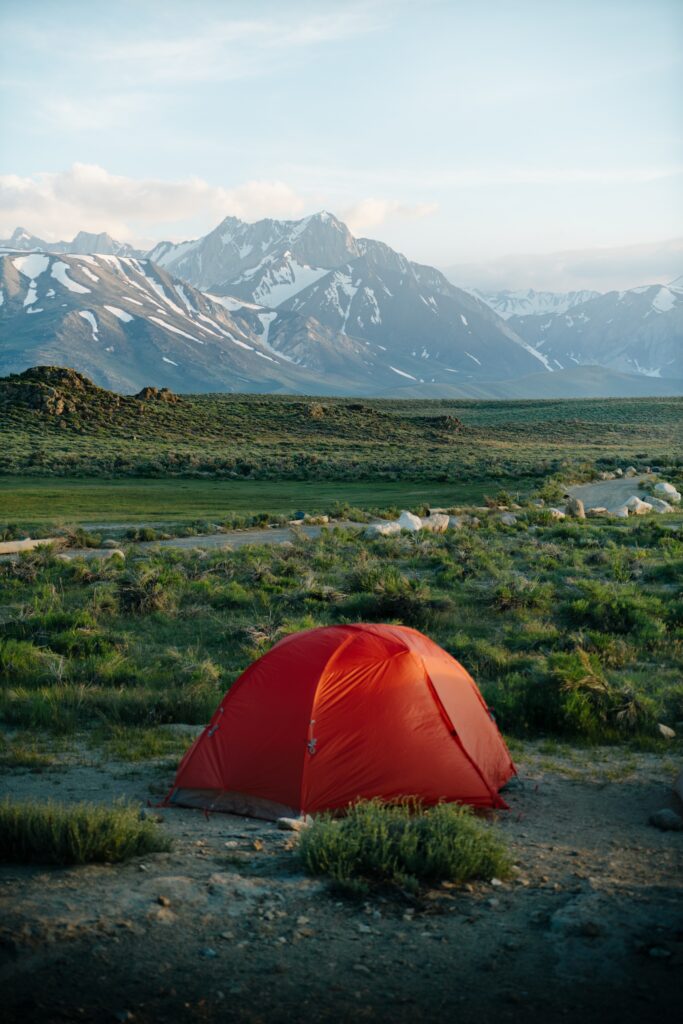
Historical Significance
The White Mountains in California's Inyo National Forest hold great historical significance. The area is home to the oldest living trees in the world, the Ancient Bristlecone Pine Forest, which includes the famous Methuselah tree that is over 4,800 years old.
Oldest Living Trees
The Ancient Bristlecone Pine Forest is a unique and fascinating ecosystem that is home to the oldest living trees on earth. These trees have adapted to the harsh conditions of the high desert, including cold temperatures, strong winds, and a lack of water. The Bristlecone Pine trees have evolved to grow very slowly, but they can live for thousands of years. These trees have been standing for centuries, and some of them were already mature when the pyramids were being built in Egypt.
Human History
The White Mountains have a rich human history as well. The Paiute Indians occupied summer hunting camps in the area up to about 13,100 ft, leaving ruins of archeological interest. In the late 1800s, settlers cleared forests for mixed agriculture and grazing, establishing farming communities with schools, stores, and mills. The area was also important for mining, with silver and lead being extracted from the surrounding hills.
Today, the White Mountains and Ancient Bristlecone Pine Forest are protected as part of the Inyo National Forest. Visitors can explore the area and learn about the history and ecology of this unique ecosystem. The Methuselah Trail is a popular hiking trail that takes visitors through the Ancient Bristlecone Pine Forest, where they can see some of the oldest living trees in the world.
In summary, the White Mountains and Ancient Bristlecone Pine Forest are of great historical significance. The area is home to the oldest living trees on earth, and has a rich human history as well. Visitors can explore the area and learn about the history and ecology of this unique ecosystem.
Conservation Efforts
The White Mountains in California's Inyo National Forest are a unique and fragile ecosystem that requires careful conservation efforts. In order to protect this area, a number of protected areas have been established.
Protected Areas
The White Mountains Wilderness is jointly administered by the Inyo National Forest and the Bureau of Land Management. This 253,000-acre wilderness is home to the oldest living trees in the world, the Ancient Bristlecone Pines, which are estimated to be over 4,000 years old. The John Muir Wilderness fills the west edge of the district and the Boundary Peak Wilderness is located to the east.
Research and Education
Conservation efforts in the White Mountains also include research and education. The White Mountain Research Station, operated by the University of California, is located in the Ancient Bristlecone Pine Forest and conducts research on the ecology and geology of the area. The station also offers educational programs for visitors and local schools, including guided tours and workshops.
The Inyo National Forest has also established the White Mountain Public Lands Information Center, which serves as a gateway to recreation and wilderness exploration in Inyo and Mono Counties. The center provides information on road, trail, campground, and weather conditions, as well as educational exhibits on the history and ecology of the area.
Overall, conservation efforts in the White Mountains are crucial to preserving this unique and fragile ecosystem for future generations. By establishing protected areas and supporting research and education, we can ensure that this area remains a natural wonder for years to come.
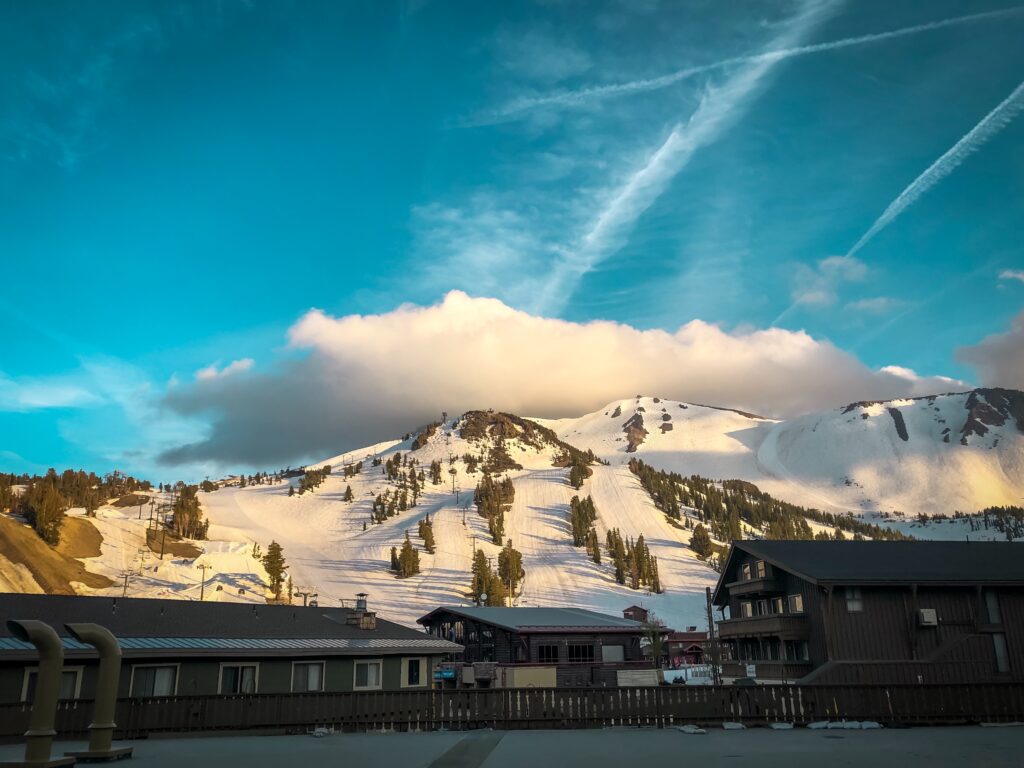
Visitor Information
If you are planning a visit to the White Mountains in Inyo National Forest, there are a few things you should know to ensure a safe and enjoyable trip.
Access and Permits
Access to the White Mountains is via several routes, including Big Pine, CA, and Fish Lake Valley. If you plan to camp, hike, or engage in any other recreational activity in the White Mountains, you will need a permit. Permits are available from the ranger district offices and visitor centers.
Ranger Districts and Visitor Centers
There are several ranger districts and visitor centers in and around the White Mountains. The White Mountain Ranger District office is located in Bishop, CA, and the White Mountain Visitor Center is located in Big Pine, CA. Other ranger districts and visitor centers in the area include Mono Lake and Mammoth Lakes.
Safety and Regulations
When visiting the White Mountains, it is important to follow all safety regulations and guidelines. This includes packing out all trash, staying on designated trails, and properly disposing of human waste. Additionally, it is important to be aware of potential hazards, such as wildlife and extreme weather conditions.
Related Posts:
References
If you want to learn more about the White Mountains in California and the Inyo National Forest, there are several resources available to you. Here are a few references that you may find helpful:
- Inyo National Forest Website: The official website for the Inyo National Forest provides information on camping, hiking, fishing, and other recreational activities. You can also find information on permits, maps, and other resources. Visit the website at fs.usda.gov/recarea/inyo.
- White Mountains Wilderness Area: The White Mountains Wilderness Area is a popular destination for hikers, backpackers, and nature enthusiasts. The area is known for its stunning vistas, high peaks, and unique flora and fauna. Visit the official website at fs.usda.gov/recarea/inyo/recreation/recarea/?recid=21883 for more information.
- Ancient Bristlecone Pine Forest: The Ancient Bristlecone Pine Forest is a must-visit destination for anyone interested in nature and history. Here you can see some of the oldest living trees on the planet, some of which are over 4,000 years old. Visit the official website at fs.usda.gov/recarea/inyo/recarea/?recid=20264 for more information.
- John Muir Wilderness: The John Muir Wilderness is a vast wilderness area that covers over 100 miles of the Sierra Nevada mountain range. It is home to some of the most stunning scenery in California, including alpine lakes, towering peaks, and lush meadows. Visit the official website at fs.usda.gov/recarea/inyo/recarea/?recid=20230 for more information.
- National Wild and Scenic Rivers System: The National Wild and Scenic Rivers System was created by Congress in 1968 to protect and preserve the nation's remaining free-flowing rivers. The Cottonwood Creek in the White Mountains is one of the designated National Wild and Scenic Rivers. Visit the official website at rivers.gov/rivers/cottonwood.php for more information.
Whether you're planning a trip to the White Mountains or just want to learn more about this beautiful area, these references are a great place to start.
Frequently Asked Questions
What are the best spots for camping in the White Mountains within Inyo National Forest?
The White Mountains offer many scenic spots for camping. Some of the popular camping areas include Grandview Campground, Schulman Grove Campground, and Patriarch Grove Campground. These campgrounds offer a variety of amenities, including picnic tables, fire rings, and restrooms. If you prefer a more primitive camping experience, dispersed camping is also allowed in some areas of the forest. Be sure to check with the White Mountain Ranger Station for more information on camping regulations.
How do I find the oldest trees in the White Mountains?
The Ancient Bristlecone Pine Forest is home to the oldest trees in the world, including the Methuselah tree, which is over 4,800 years old. To visit the Ancient Bristlecone Pine Forest, take the White Mountain Road from Big Pine to the Schulman Grove Visitor Center. From there, you can take a short hike on the Discovery Trail to see some of the oldest trees in the forest.
What are the must-see attractions in the White Mountains of Inyo National Forest?
In addition to the Ancient Bristlecone Pine Forest, the White Mountains offer many other attractions for visitors. Some of the must-see spots include White Mountain Peak, the highest peak in the range, and the Patriarch Grove, which is home to some of the largest bristlecone pines in the forest. The White Mountains also offer many opportunities for hiking, wildlife viewing, and stargazing.
Is the road to White Mountain Peak currently accessible?
The road to White Mountain Peak is typically closed during the winter months due to snow and ice. The road usually opens in late May or early June, depending on weather conditions. Be sure to check with the White Mountain Ranger Station for the most up-to-date information on road conditions and closures.
What are the operating hours of the White Mountain Ranger Station?
The White Mountain Ranger Station is open from 8:00 am to 4:30 pm, Monday through Friday. During the summer months, the station is also open on weekends. The station is closed on federal holidays.
What makes the White Mountains a significant destination for visitors?
The White Mountains offer a unique and diverse landscape, with opportunities for hiking, camping, and wildlife viewing. The Ancient Bristlecone Pine Forest is a particularly significant attraction, as it is home to some of the oldest living trees in the world. The White Mountains also offer some of the best stargazing in the country, thanks to their high elevation and clear skies. Whether you are an outdoor enthusiast or simply looking for a peaceful retreat, the White Mountains of Inyo National Forest are a must-visit destination.

